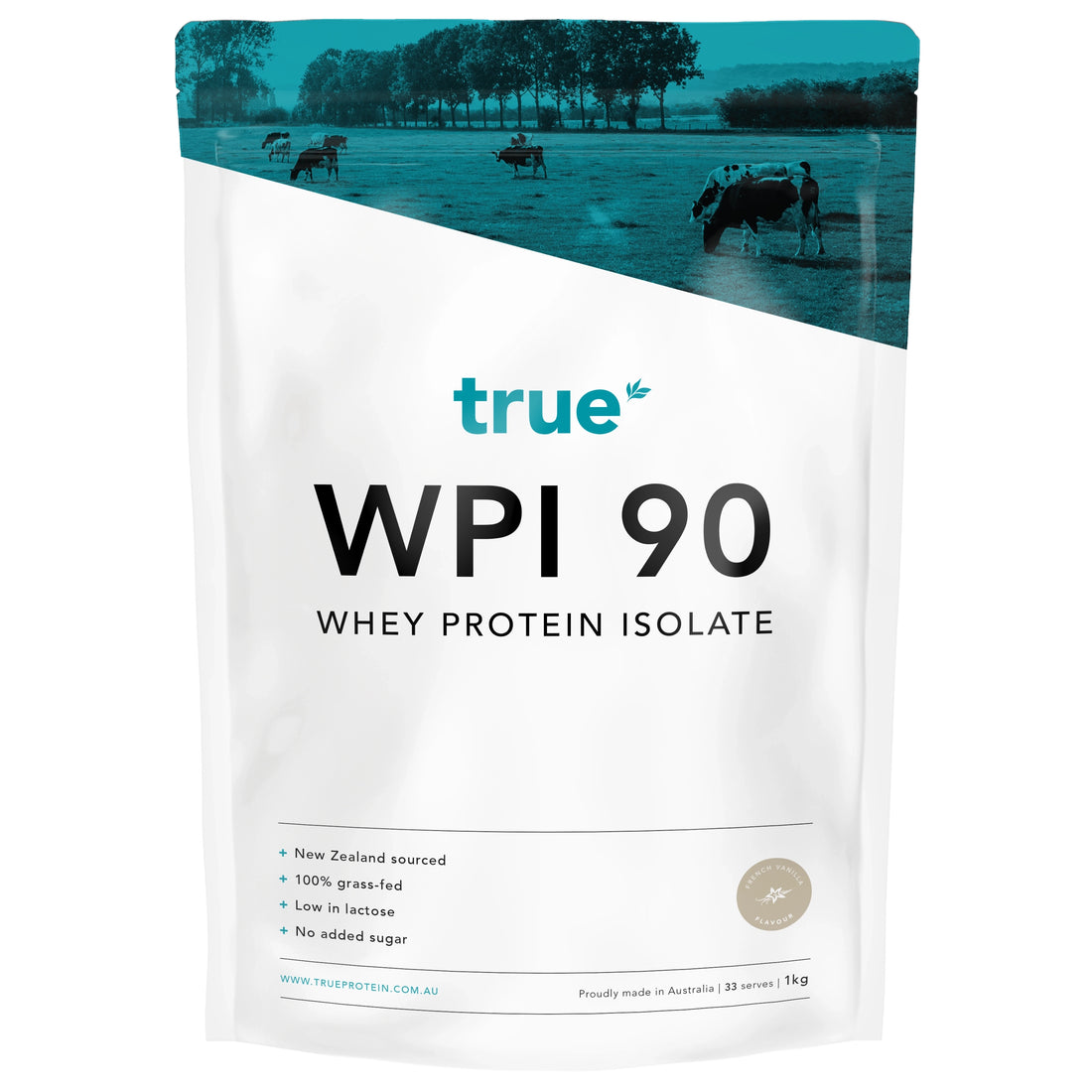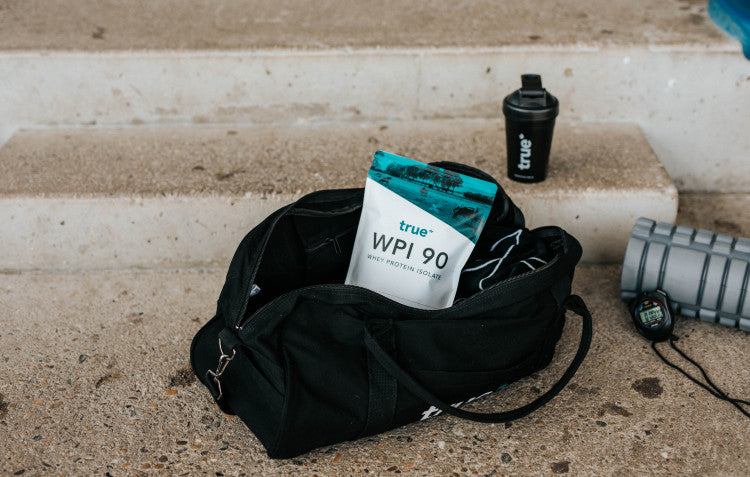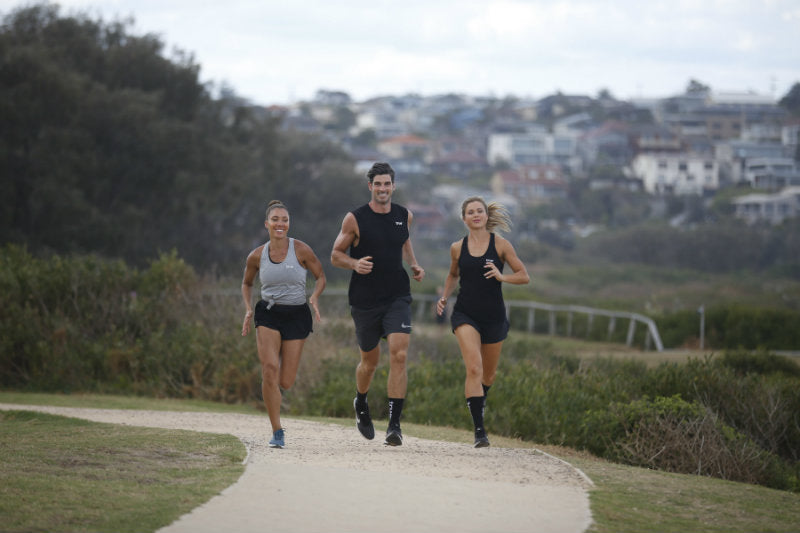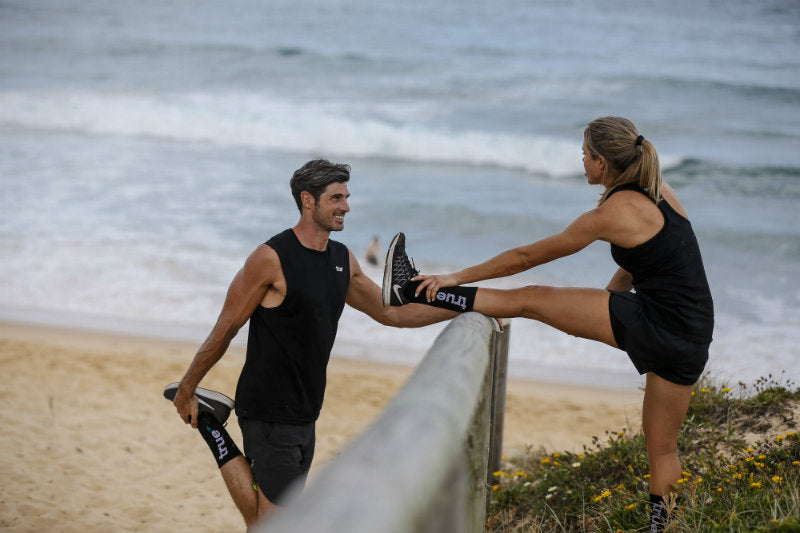It’s been about 3 months since we’ve been allowed to train in a gym. Some of us have kept up the strict home workout schedule we pledged at the start of isolation, some haven’t been so motivated. Either way, we are all excited to get back to the gym and air fist bump our training partners.
But before you head back to the gym for your first session, read over these 4 tips to help you mentally and physically repair and recover.
-
Don’t expect to be at the level you were when you were last in the gym.
-
Do expect to be sore.
-
Use protein for muscle repair and recovery
-
Remember: carbohydrates are your friend.

WPI90
WPI boasts 90% protein content for first-class results
- Regular price
-
From
$38.00 - Regular price
-
- Sale price
-
From
$38.00
Quick Buy Quick Buy
Don’t: expect to be at the level you were when you were last in the gym
Whether you’ve been training at home or not, it’s safe to say the intensity and volume haven’t been the same as it was when you were training before the gyms closed. To save your body and ego from injury, take it easy.
If you’re following a strength or other lifting program, scale back to percentages. Aim to work roughly 80-90% of your previous 1RM. If you’re doing some form of high-intensity interval training and conditioning, aim for around 80% of your capacity to start with rather than redlining every session and risking getting spewy. Ease back in slowly. If you train smart, you’ll be back to your old numbers and intensity soon than you think and sooner than if you go too hard too soon and end up injured.
Do: expect to be sore
There is a principle called the “hot-cold empathy gap”. When we are hot, we forget what it feels like to feel cold. When we are cold, we forget what it feels like to feel hot. We experience this during the cold winters and the hot summers. Don’t fall into this gap when it comes to your training. Remember when you first started training how sore you were? How it was hard to get up from the toilet after leg day? How it hurt to cough if you did a crazy core workout? How you couldn’t straighten your arms after countless push-ups and pull-ups?
Follow the above point of taking it easy, but at the same time do expect to experience some soreness. Muscle soreness is a side effect of the stress put on muscles when you exercise. Some soreness is good, it’s a sign you’re adapting to the training and your muscle fibres are repairing. The type of soreness you don’t want is when it lasts longer than 3 days and it prevents you from practising your daily activities.
To lessen the chance of extreme muscle soreness, take precautions like stretching before and after a workout - read our guide on when to stretch and how. Consuming protein shortly after exercise also helps to rebuild muscle and can assist with minimising soreness.
Protein for muscle repair and recovery
One of proteins key roles is to repair and rebuild muscles. After our muscle fibres tear (in a good way) we want them to repair and grow back stronger. Protein helps this happen. If you’re tracking, you can aim for 1.6-2.2grams of protein per kg of body weight per day.
Eg. if you’re 70kgs, aim for 112-154g of protein per day. Non-trackers can aim to have a source of protein at each main meal.
Morning trainers: if you’re training fasted, aim to get a source of protein as you can after your session. If you’ve eaten before training, somewhere within the next 2-3 hours is a good target.
Protein sources other than protein powders include meat, seafood, eggs, high protein dairy, tofu, beans, legumes and TVP (textured vegetable protein). A protein shake is also a quick and convenient way to get your intake up wherever you are.
*Note: Protein won’t eliminate soreness completely
Carbohydrates are your friend
Carbohydrates are the primary energy source for exercise that is above roughly 60% intensity. If we want to perform well in the gym, have plenty of energy, and get the most out of our sessions, it’s a pretty good idea to have carbohydrates to fuel us.
The more intensity, the more volume, the more sessions we do - the more carbohydrates we will need.
The inverse is also true. The less intensity, volume, sessions - the fewer carbohydrates we need. Try not to overindulge in simple carbohydrates when you will not be using the equivalent in energy.
Aim to have some carbohydrates in your meals before training. Morning trainers: aim to have some carbohydrates with dinner or your last meal before bed to help you have some carbs available for your morning session.
Carbohydrate sources include potato, rice, pasta, fruit, cereal, oats, quinoa, couscous, whole grains, buckwheat, bread, wraps, and honey.
Conclusion
Remember what we eat affects how well we can perform, recover and adapt from our training.
-
Take a moment to pause before heading to the gym - don’t let the excitement take over.
-
Be smart about your training and your nutrition - have a plan mentally, physically and nutritionally so you can get the most out of your training.



